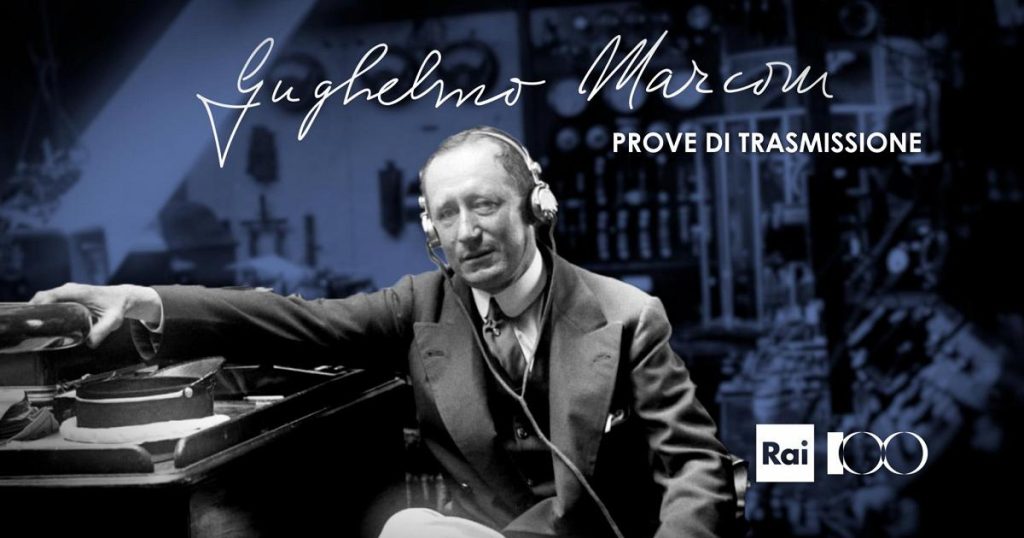On the eve of the anniversary of Guglielmo Marconi’s birth, Rai inaugurates the exhibition dedicated to him titled “Transmission Tests” at Sala A in Via Asiago, 10 in Rome. The first guided tour of the exhibition will be led by Umberto Broccoli. Monsignor Dario Edoardo Viganò, dean of the Faculty of Communication Sciences at the International Telematic University UniNettuno, president of the Foundation of Audiovisual Memories of Catholicism, and vice-chancellor of the Pontifical Academy of Sciences, recalled the initial contact between Marconi and the Holy See during the pontificate of Pope Benedict XV. He highlighted the discussions for the construction of a radio transmitting station in the Vatican, which began under Pope Pius XI. Marconi was granted an audience with Pope Pius XI on November 24, 1926, marking the official start of the Radio Vatican project.
The inauguration of the technical broadcasts of Vatican Radio’s shortwave transmissions took place on February 12, 1931, with a papal message broadcast from the transmitting station in the Vatican gardens. However, the official ceremony was held at the Casina Pio IV, headquarters of the Pontifical Academy of Sciences, where Marconi was welcomed as a member. Monsignor Viganò also mentioned the improvements made by Marconi over the following years, including the introduction of the first radio telephone system in April 26, 1932, using ultrashort waves on the mainland. On February 11, 1933, Pope Pius XI was able to communicate with Marconi in Rome from his summer residence in Castel Gandolfo using this radio telephone system, thanks to Marconi’s technological advancements. Marconi also reorganized and technologically adapted the work of the Vatican Secretary of State, establishing an efficient telephone network.
The exhibition and Monsignor Viganò’s presentation shed light on the close relationship between Guglielmo Marconi and the institutions of the Holy See, particularly during the early days of Vatican Radio. The project to establish a radio station within the Vatican walls began under Pope Benedict XV and culminated during the pontificate of Pope Pius XI. Marconi’s innovations in radio technology played a crucial role in the development of Vatican Radio and communication within the Vatican itself. His collaboration with the Vatican authorities, particularly with Pope Pius XI, resulted in significant advancements in telecommunications that enabled direct communication between the Pope and Marconi without relying on the Italian state’s communication systems.
The historical account provided by Monsignor Viganò also highlighted the significance of Marconi’s membership in the Pontifical Academy of Sciences and the recognition of his contributions by the Vatican. Marconi’s role in introducing new technologies and improving communication within the Vatican demonstrated his commitment to advancing scientific and technological progress. The exhibition “Transmission Tests” serves as a tribute to Marconi’s pioneering work in the field of radio communication and his lasting legacy within the Vatican and beyond. By exploring the early collaboration between Marconi and the Holy See, visitors to the exhibition can gain insight into the impact of Marconi’s innovations on the development of Vatican Radio and the broader field of telecommunications.


